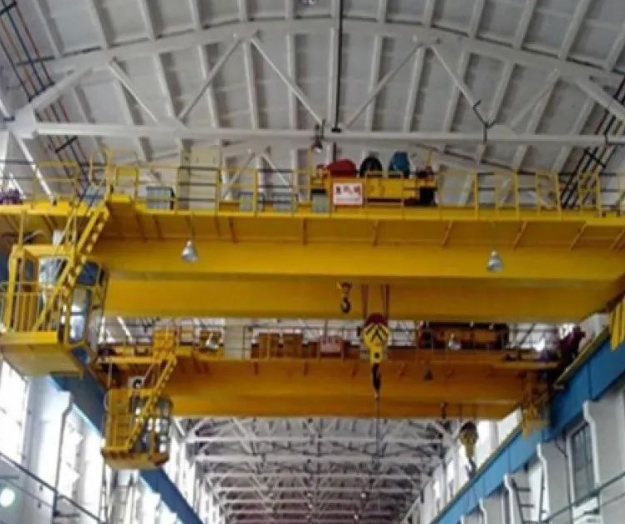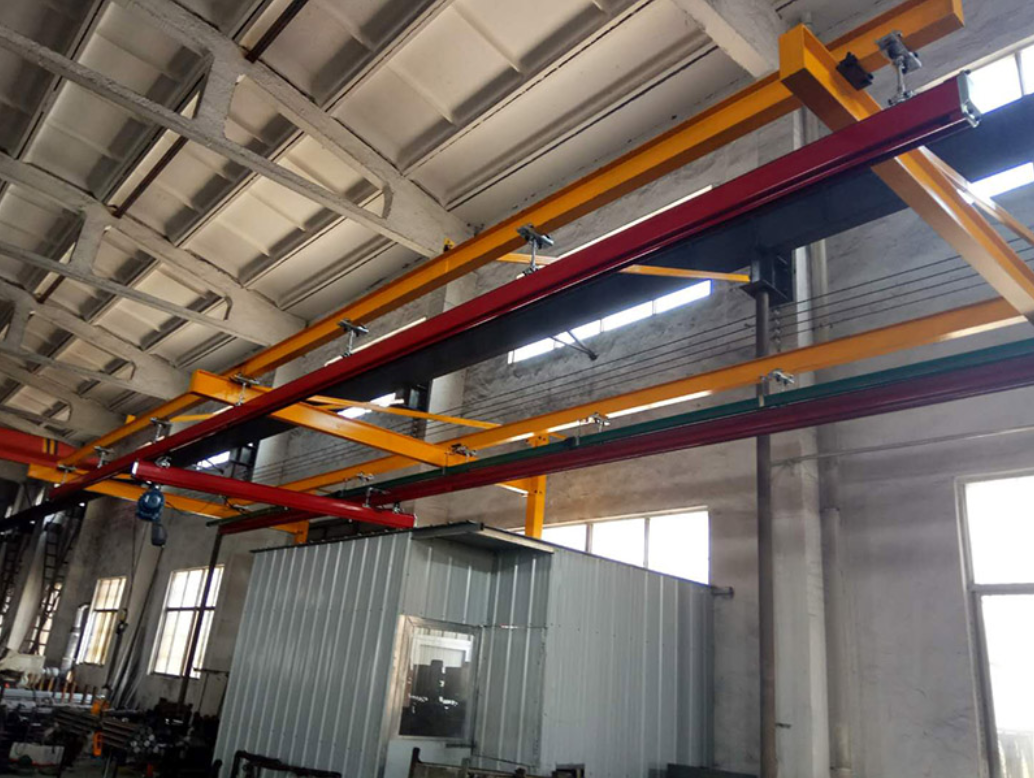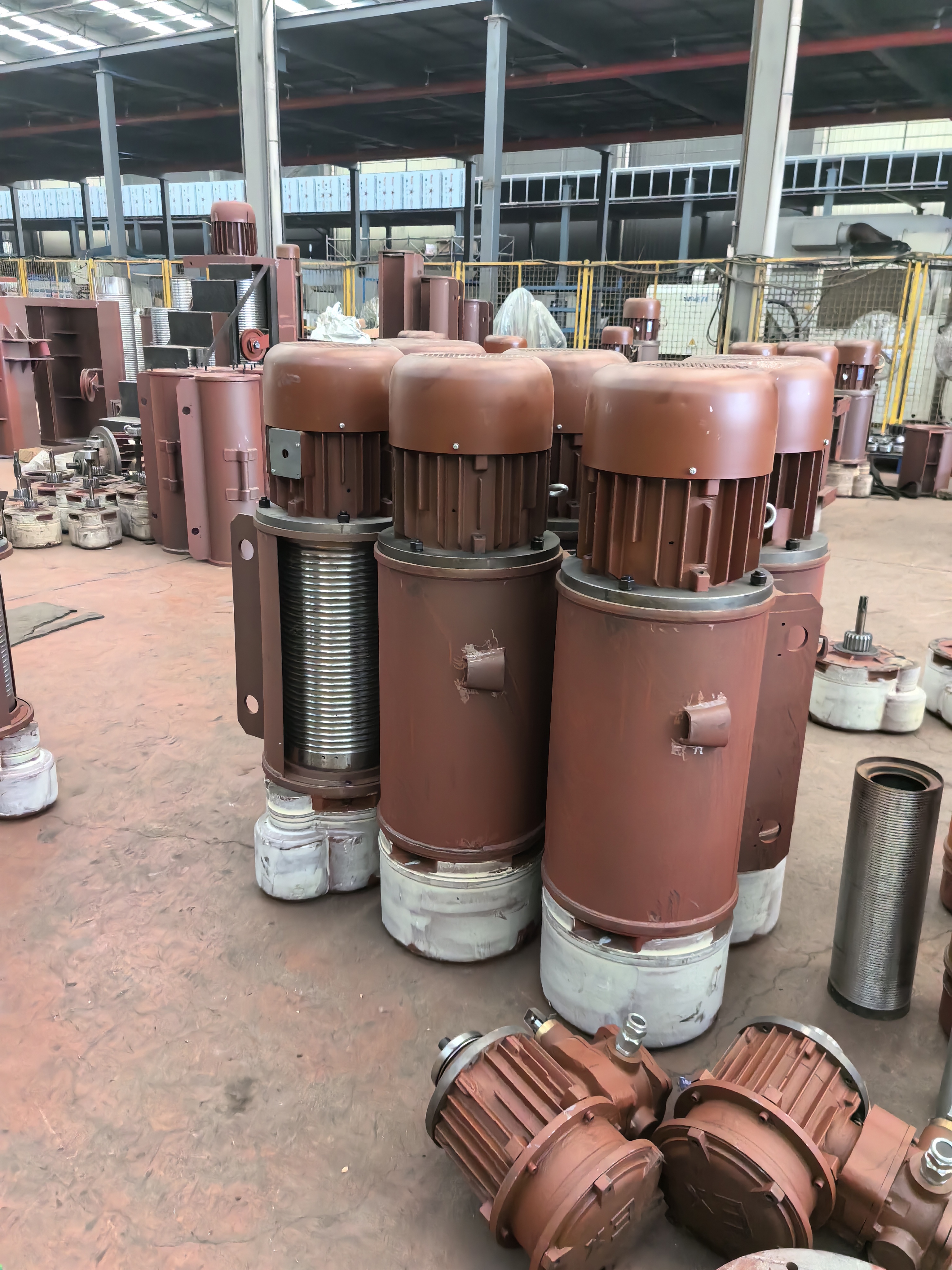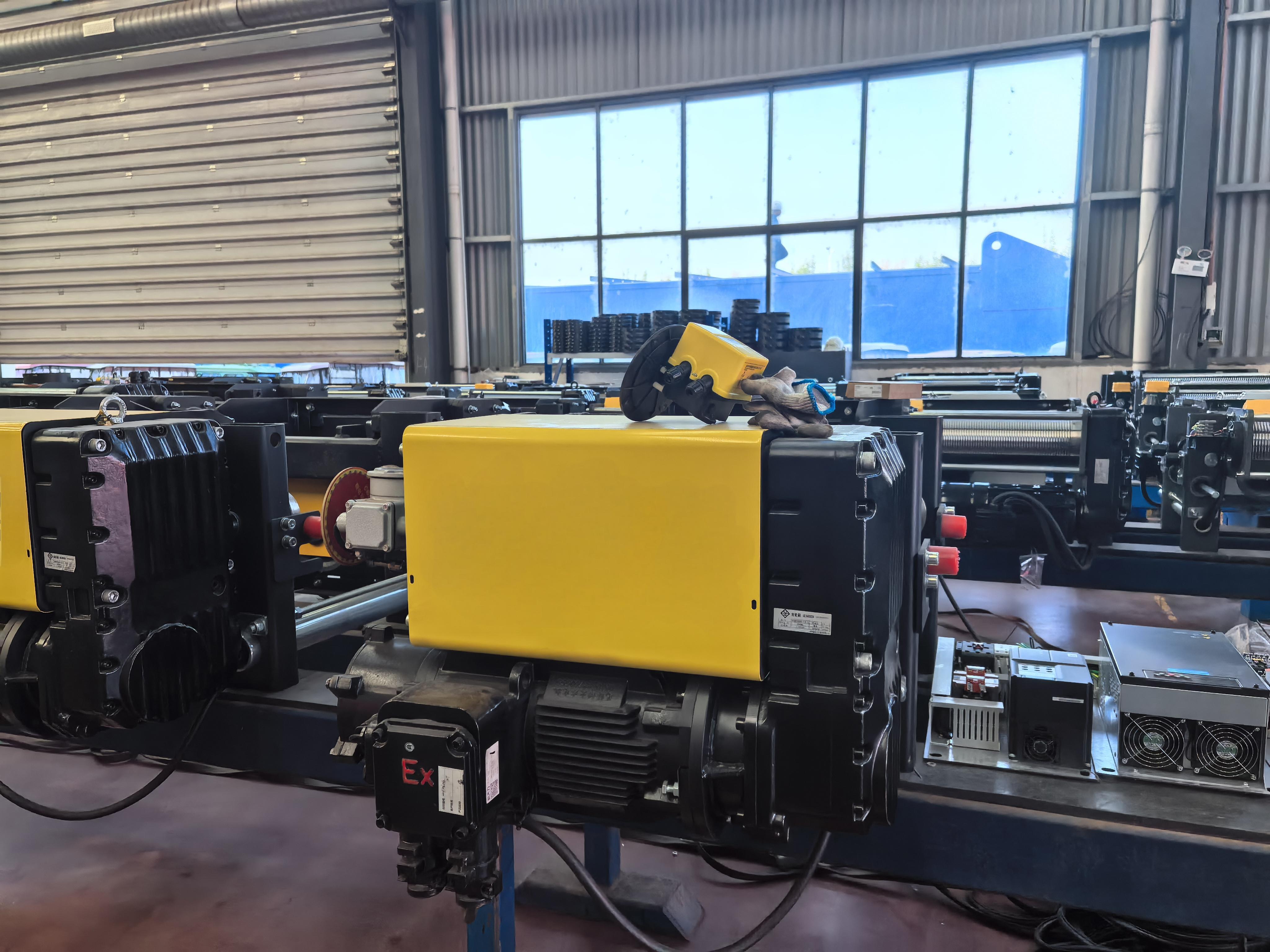The difference between traditional cranes and European cranes
What is a crane?
Crane refers to a multi-action lifting machine that can lift and carry heavy objects vertically and horizontally within a certain range. It is also called overhead crane, overhead crane, and crane. Some lifting equipment has the working characteristic of intermittent movement, that is, the corresponding mechanisms of taking materials, moving, unloading, etc. work alternately in one working cycle. The development and use of cranes in the market are becoming more and more extensive.
Traditional crane
Traditional cranes are based on the traditional Soviet design concept, with heavy deadweight, large wheel pressure, short effective lifting distance, large blind area during lifting, and insufficient utilization of plant space. They have fewer safety components and electrical control systems, loud noise during operation, and high maintenance costs. They are difficult to adapt to modern material handling requirements.

European style crane
With light weight, low clearance, safety and reliability, excellent performance and efficient operation, customers can reduce plant investment and effectively improve space utilization; adopting European new design concepts and mature technology to ensure safe and reliable product design, the height of the plant is reduced by 20%-40%, the investment cost of the plant is reduced by 10%-17%, and the lifting capacity can be increased by 25% and the power of the whole machine can be reduced by 14%-28% without changing the original plant structure. Reduce daily maintenance, improve production efficiency, reduce use costs, and obtain a good return on investment.

Traditional hoist vs European hoist
Traditional hoists have no frequency conversion control, few safety components, high subsequent maintenance costs, certain blind spots in lifting, low effective lifting height, loud noise, and are overall bulky and unsightly.

European hoists have light weight, compact structure, small limit size, high assembly precision, small and regular size, beautiful appearance, long service life and reliable safety performance.

Traditional & European Institution Comparison
The concept of European cranes was formed in the industry in recent years, with the purpose of distinguishing them from the so-called domestic, Soviet and traditional cranes. European cranes are a kind of mid-to-high-end gantry cranes, based on the European lightweight and modular design concept and advanced manufacturing technology, which improves the overall quality and operating performance of the cranes. European cranes will become the mainstream of the development trend and market demand of cranes.
Conclusion
European cranes adopt modular design and excellent key components, which greatly improve the trouble-free working time of cranes, increase the replacement cycle of wearing parts, and greatly reduce the maintenance cost of cranes. At the same time, the equipment adopts frequency conversion control system, and each mechanism runs smoothly, with small impact and low noise, which greatly improves the comfort of customers during operation.

